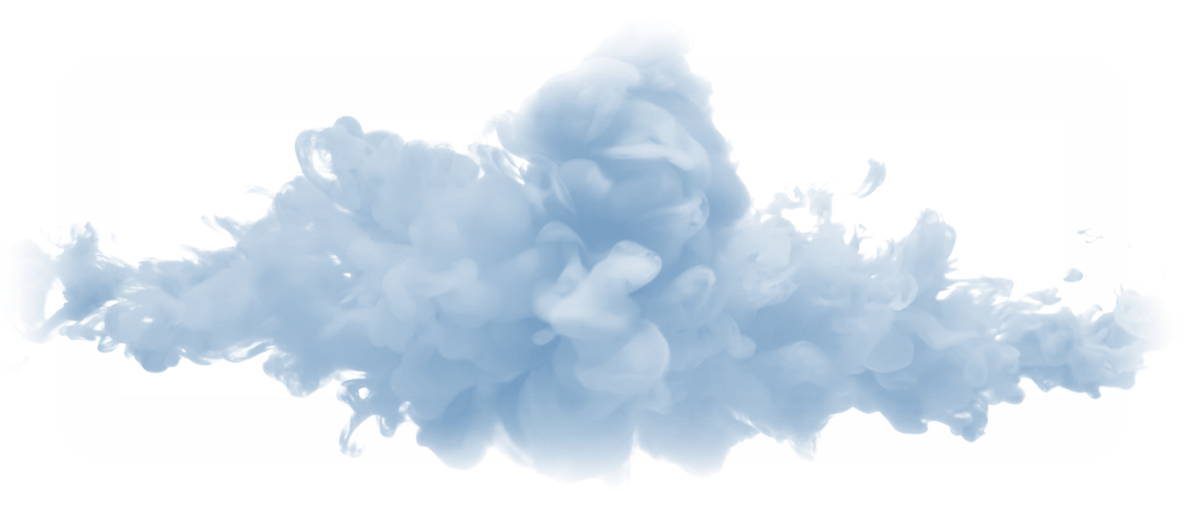The Coalescence of Drying Droplets
Theme: Basic processes
Start date: Cohort 1: 2019
Supervisors: Prof Jonathan Reid (Bristol) and Dr Rachael Miles (Bristol)
An aerosol is a dispersion of a solid or liquid in a gaseous medium.Aerosol science encompasses many varied applications due to the ubiquitous nature of aerosols. These applications range from environmental and health impacts toindustrial uses.
Abstract:
The Weber number (We), a dimensionless number used to describe the ratio of a fluid’s inertia to itssurface tension, is often plotted as a function of the impact parameter (B), a measure of how head–on a collision is,as a way of mapping collisional outcomes of two fluid droplets.These regime maps, as they are known,have been studied experimentally andmodels have been suggested for predicting the collisional outcome.However, the focus of previous work has been the collisions of submillimetre droplets.The initialexperiment proposed here will focus on the collisions of water–water droplets of ~ 30–80 μm radius. This novel size makes the proposed work relevant to the research of aerosols and their microphysical properties.A comparison can be made withexistingcollisional regime maps of waterto determine whether droplet size, and the shift in the kinetic regime, influencesthe collisional outcome. This will be investigated using two microdroplet dispensersto collide droplets, imaged by a stroboscopic imaging technique.Following this, the effect of viscosity on the regime map can be determined using the same method, with varying concentrations of aqueous sucrose droplets.This is likely to be limited by theability of thedispensers to eject high viscosity droplets (> 20 mPa.s),which may lead to the use of anelectrodynamic trap in order to have control over droplet drying time prior to coalescence.Both instrumentations have the potential to be combined with cavity enhanced Raman spectroscopy to determine droplet composition and heterogeneity.
